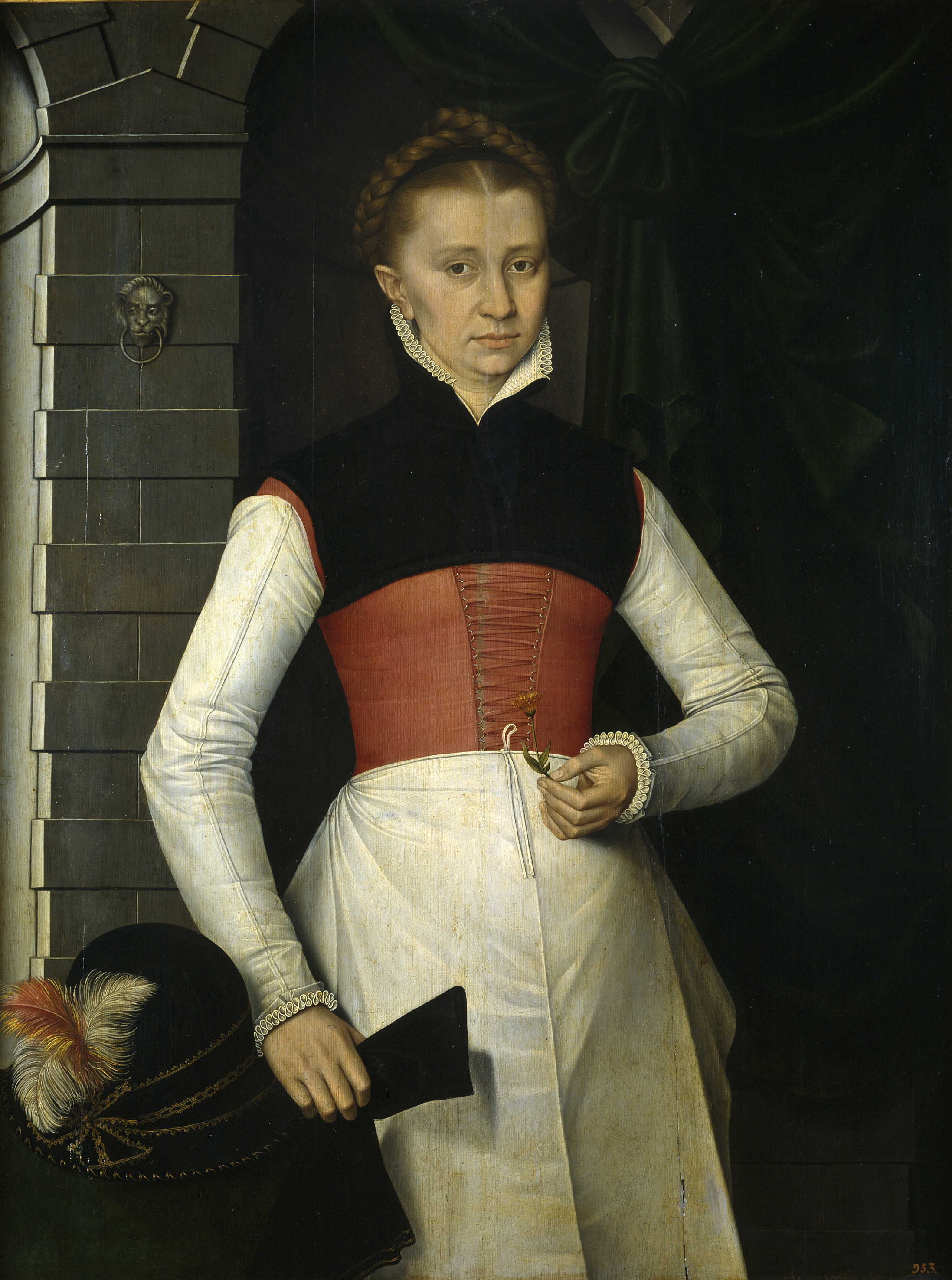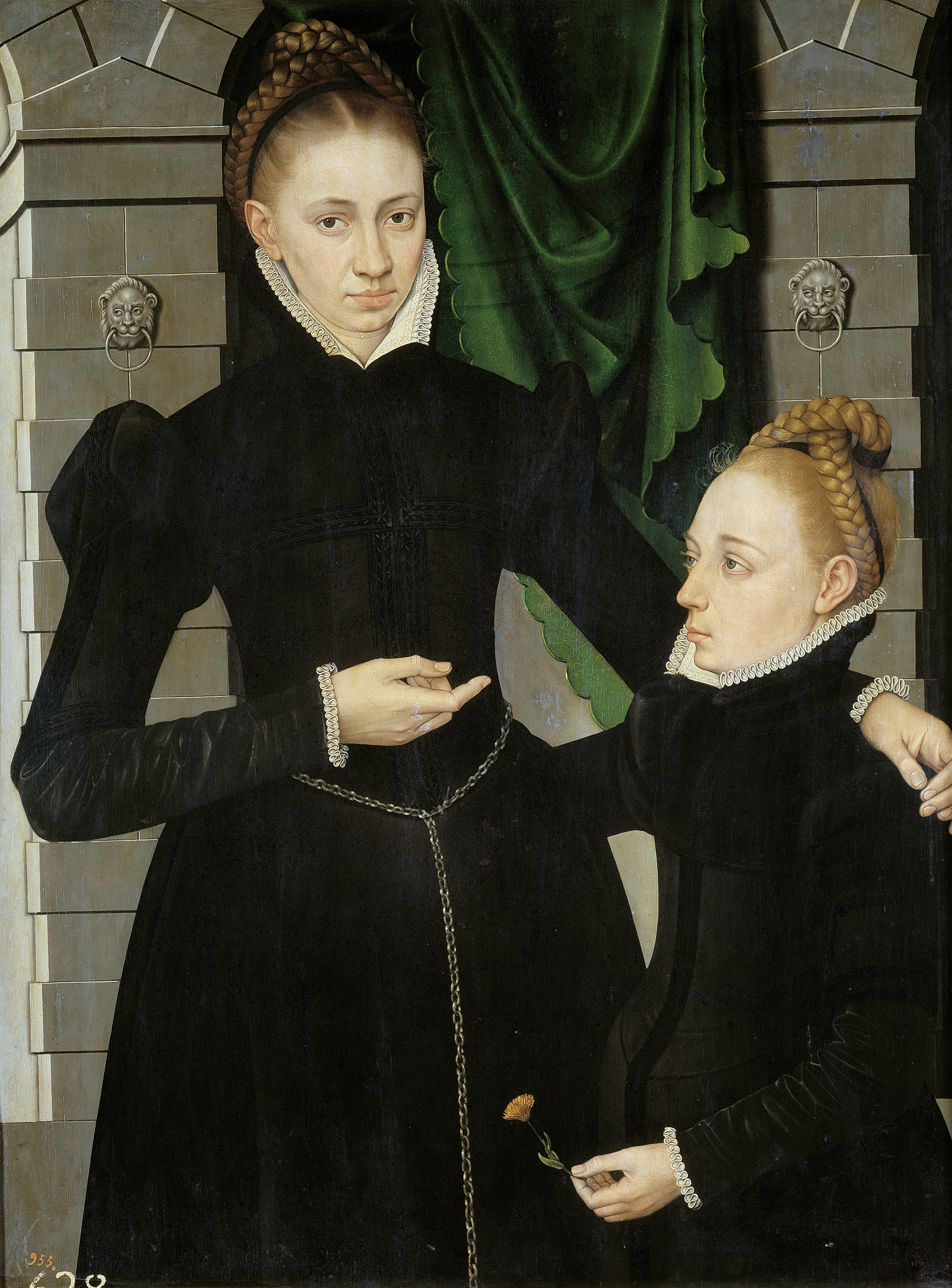I started some braids last year based on two braids in Dr. Hanna Zimmerman's Textiel in Context. On pages 239-40 she describes the braids. The translation excerpts are my work. If you choose to use it, please give proper citation of the translation work and Dr. Zimmerman's work.
Both braids are made of three about 1 cm wide braided strands. The braid 45T9 is 63 cm long. Each strand consists of a core of likely thick felt with woolen fabric folded around it. The braid is so woven that the seams are invisible at the rear of the braid. On this side there’s a little dirt and wear. The "good" side of the braid shows more wear and dirt. Both ends are sewn firmly together and have traces of sewing.
Because both the braids back sides appear unworn and the fronts are worn, this suggests that they have been attached to another object. This conjecture is supported by the fact that the rear sides are relatively clean. Still no trace is visible that they were sewn on to something. The length of 63 cm from the first braid (the second is cut) could indicate that they have been used to trim a felt hat. On a location like that it is not necessary to fasten them over the entire length, and in use would only wear the front side of the braid. There is no iconographic confirmation of this yet. In many of the felt hats that were found, there are impressions of visible bands, but they are generally quite narrow. Der Kinderen-Besier, who pays much attention to headwear in the last quarter of the 16th century, shows three hats with broad bands, which are not, however, braided.
I believe, based on a series of paintings of the same woman by Adriaen van Cronenburg, that these braids are false braids like the German zoepfe. That certainly doesn't explain the wear/dirt, but the extant braids were thrown in a garbage pit so who knows.
 |
| Link to very large version. Zoom in on the braid and you can see it doesn't have the hair texture like the paintings below. |
Here she is again without false braids. At least, I believe her braids in the above painting are false because unlike the paintings below where Cronenburg painted the texture of her hair, that's been omitted.
 |
| Link to very large version - zoom in on the braids. You can see the texture of the hair. |
 |
| Link to very large version. |
When I started my braids using "blonde" wool from William Booth Draper, I planned to stuff them with roving since I had it on hand. I shelved the project when I got busy with work. This turned out to be a huge pain and I decided to continue the project over this weekend, but this time with 100% wool felt. It's already going more smoothly, even though the felt does tend to stretch very easily.
My braids are made of 36" long 1 1/4" wide strips, with about 1/4" seam allowances folded down towards the middle. The felt strip is about 5/8" wide. I lay it flat in as I'm working and everything gets worked in. Here's the whole process.
 |
| Starting is the most difficult. |
 |
| You have to tuck and fold and pinch as you go. |
When you have three tubes made, you sew the ends of the tubes together like so.
 |
| When braiding, keep the seam facing you or away from you, just be consistent. Remember, "The braid is so woven that the seams are invisible at the rear of the braid." |
 |
| Completed single braid. |
 |
| One more to go, but you get the idea. |








Comments
Post a Comment